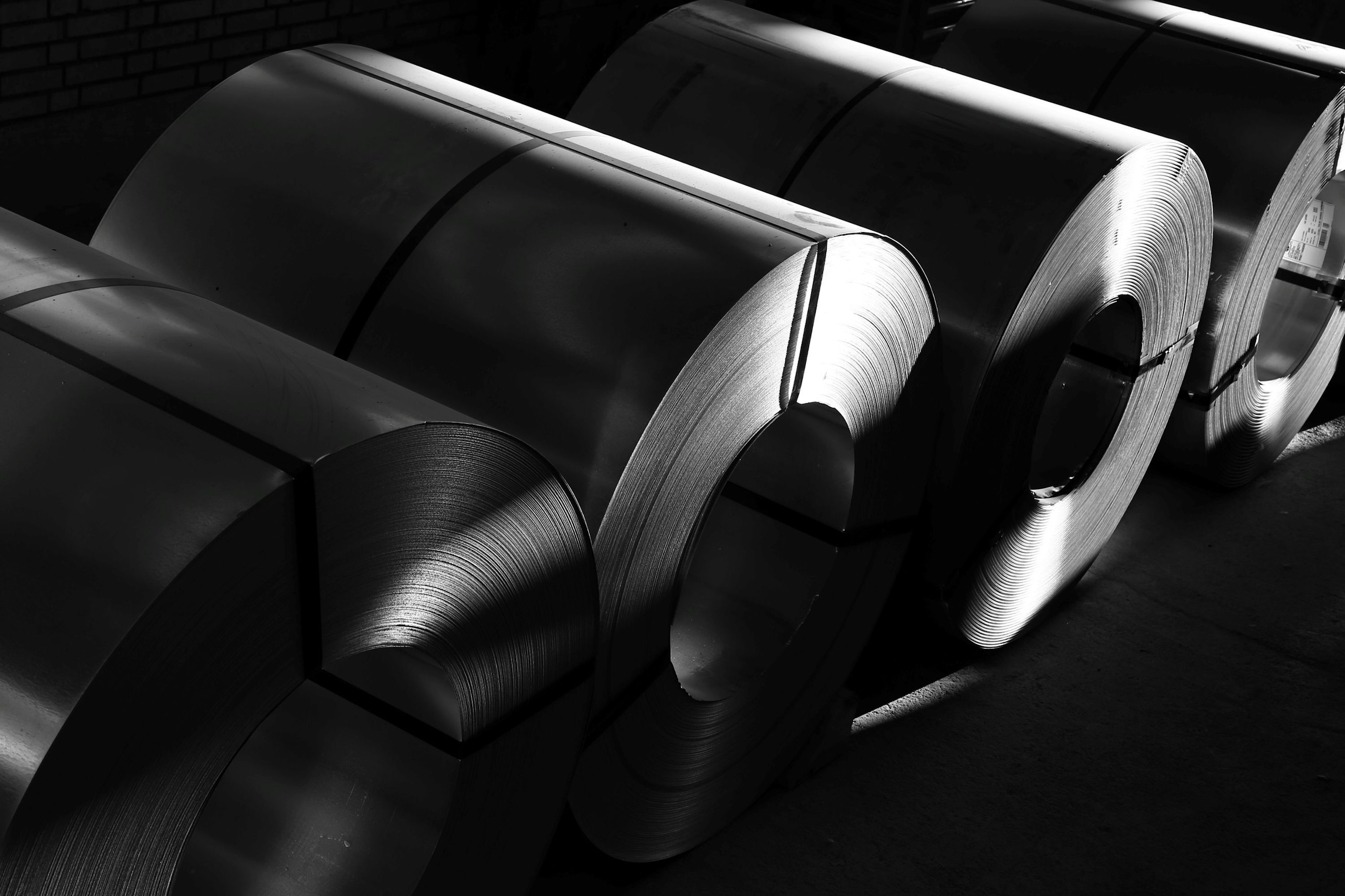It is not about cars; it is about the future of Lean manufacturing
17 May 2024
The automotive manufacturing landscape is currently facing a pivotal moment of transformation, catalysed and exemplified by the clash of the industrial titans Toyota and Tesla.
The essence of this unfolding battle of the titans is rooted in the ideologies of Lean manufacturing, a methodology that for decades has been synonymous with productivity and efficiency gains in the manufacturing sector.
For a long time, Toyota, the architect of the Lean concept “the Toyota Way”, has been considered the gold standard within manufacturing excellence. But now the winds of change are blowing, and Tesla, with its disruptive approaches, is challenging the status quo.
The industrial sector has always sought inspiration and best practice in the automotive industry, and so this clash may very well have significant ripple effects far beyond the automotive industry.
The Toyota Way: a legacy of continuous improvement
At the core of Toyota’s philosophy lies a deep-seated commitment to continuous improvement and respect for people.
The company’s success has been built on the core principles of the Lean approach, which emphasises waste reduction, process optimisation and a culture of employee empowerment and problem-solving. It is a finely tuned orchestra where every individual knows their part, and the collective effort leads to a harmonious outcome.
We have long looked to Toyota as the gold standard, advocating for the replication of its methodologies across various sectors beyond automotive manufacturing.
Tesla’s disruptive approach: a new age of Lean
The advent of automation and AI heralds a new era where “newcomers” like Tesla are redefining what it means to be a “Lean” company. Tesla’s approach differs not by refining Toyota’s principles but by reinventing them. It is not merely about electric versus petrol-powered vehicles; Tesla is pioneering innovations such as gigafactories, gigacasting and a profound level of automation.
While Toyota is laser-focused on quality above all, Tesla is arguably unmatched on its speed of innovation. Its end-to-end strategy of vertical integration, product simplicity, in-house operational technology (OT) manufacturing software and completely new production concepts (the “unboxed” concept for its next-generation platform) exemplifies a forward-thinking approach that is arguably Lean in spirit but revolutionary in practice.
Putting aside the polarised views on Elon Musk, the result of Tesla’s bold moves is clear. Tesla has achieved a significant competitive advantage in the cost of producing compelling electric vehicles.
This paradigm shift raises a critical question: which approach will become the new-era gold standard? The Toyota, the Tesla or a “Toysla” hybrid?
The dilemma: looking backwards or forwards?
For years, the Toyota Way has been the template for Lean success, tweaked and adapted to different industries. But with Tesla’s ascent, we must ask ourselves whether we should continue to look backwards at Toyota’s time-tested practices or look forwards at the secrets behind Tesla’s disruptive approach determined by “first principles” thinking.
This is not to suggest that the foundational principles of Lean are obsolete. On the contrary, the ideology of continuous improvement and efficiency remains relevant. However, the interpretation and application of Lean principles must evolve.
We are now tasked with integrating traditional Lean thinking with the technological advances and innovative practices that companies like Tesla are championing. Together, we must embark on the journey of creating a “both/and” concept that encapsulates the best of both worlds in a simple way.
Creating a neat conceptual slide that merges all the attributes of both will not take long, however, creating a holistic end-to-end concept that CAN be replicated – that is the challenge we face if we want to aspire towards the new gold standard.
Conclusion: the power of and
We are currently witnessing an ideological tug-of-war between the tried-and-true and the cutting-edge. The dilemma of whether to adhere to Toyota’s legacy or to pivot towards Tesla’s trailblazing approach from a Lean perspective is a debate that will shape the future of manufacturing – and operations strategy consulting for that matter.
At Implement, we are keen to see the power of and in all challenges, and this mindset suggests that it is now crucial to develop hybrid models that draw on the stability and human-centric approach of Toyota AND incorporate the dynamic, technology-driven and automation-oriented vision of Tesla.
Embracing the Tesla model does not mean abandoning the Toyota legacy; instead, it means expanding the definition of Lean to include technological innovation, adaptability, vertical integration and a bold reimagining of manufacturing processes.
The goal is not to replicate but to reimagine; not to follow but to lead. As the industry grapples with this Lean dilemma, and the consultancy space competes to create “best-of-both-worlds” concepts, the only certainty is that the journey ahead will be as challenging as it is exhilarating. And that is before humanoid robots enter the shop floor – most likely sooner than we think.
Explore the power of and
How to make better leadership decisions in a world of competing demands?
Read more



